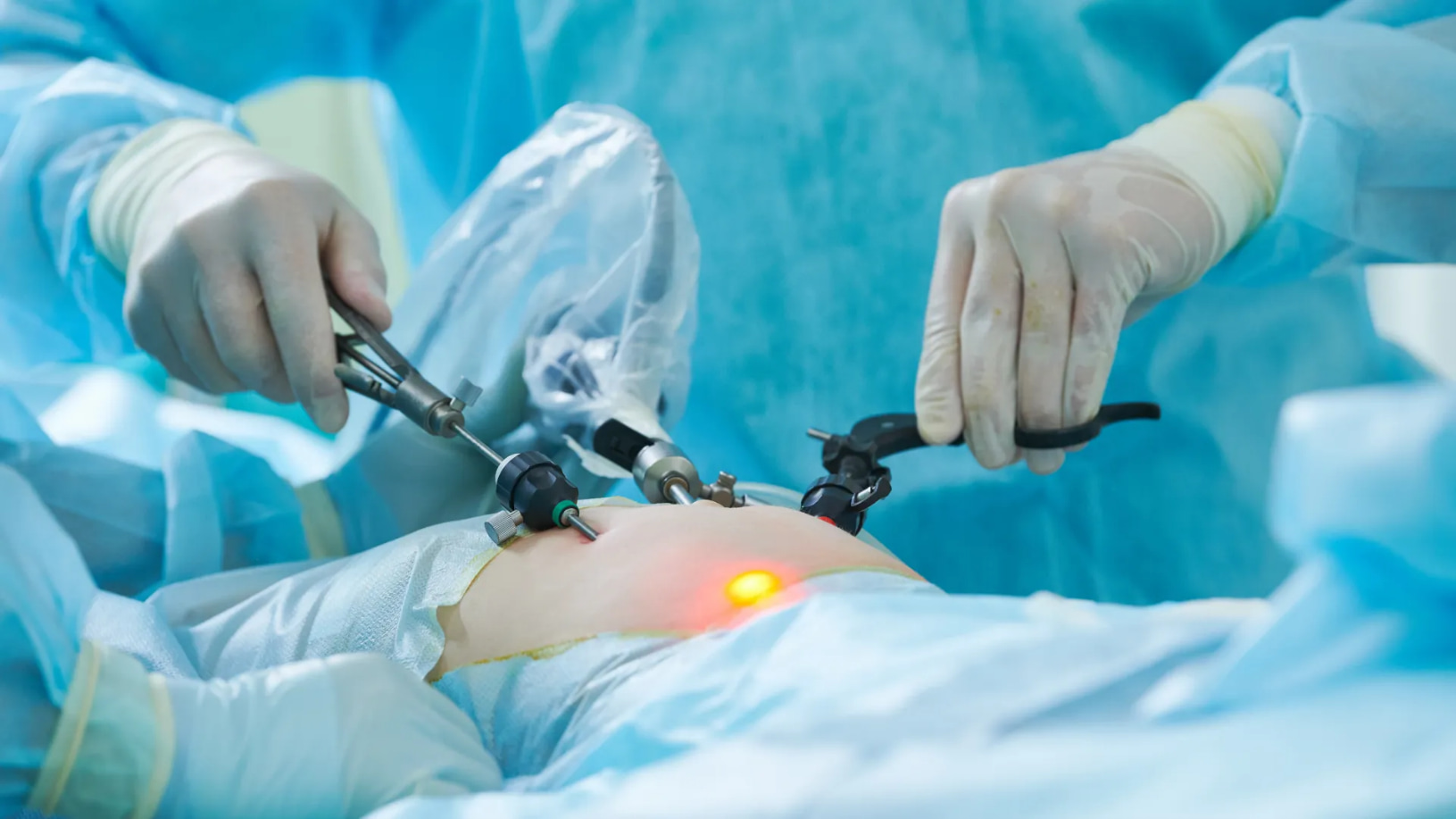
Sometimes referred to as ‘keyhole surgery,’ laparoscopic surgeries are performed with the assistance of a video camera, which enables more precise and less invasive incisions. Laparoscopic surgeries represent significant advancements in modern surgery, made possible by cutting-edge technology and research.
Continue reading to learn what laparoscopic surgery is, the different procedures it can be used for, and how to take care of your body during post-treatment recovery.
During laparoscopic surgery, your laparoscopic surgeon makes several tiny incisions instead of one large cut. Through these, a camera and surgical tools are inserted, allowing precise procedures without opening the entire abdominal area. The laparoscope sends live images to a monitor, giving your surgeon a clear view of your organs and tissues.
While laparoscopic surgery is preferred in many cases, open surgery may still be necessary depending on your condition.
Your surgeon will recommend the safest and most effective option based on your medical needs.
Laparoscopic surgery is applicable to several types of procedures, including:
Gallbladder surgery, also known as a laparoscopic cholecystectomy, is performed to address the pain caused by symptomatic gallstones and prevent them from potentially escalating into issues such as pancreatitis. With a low rate of complication at 0.1%, it can provide effective treatment for gallbladder issues.
Hernia surgery targets the abdominal wall to fix defects where an organ protrudes from the tissue, holding it in place. Laparoscopic surgery is a popular option due to faster recovery times and less prominent scarring. This method is less invasive than open surgery and is an appropriate option for those experiencing recurrent groin hernias from an open repair done in the past.
The most common type of liver surgery is a hepatectomy, where the liver is partially removed. Liver resection is primarily performed to treat cancer or other diseases affecting this vital organ. While open surgery is more common, laparoscopic surgery is a viable option in certain cases that helps preserve healthy liver tissue.
A laparoscopy typically takes one to two hours, but the exact duration can vary depending on the type of surgery and the patient's condition. Your surgeon may provide a more specific estimate based on your individual case.
Laparoscopic procedures offer many advantages compared to traditional methods of surgery. Some of the benefits include:

Laparoscopic surgeries are a common procedure in today’s medical landscape with low risks of complication. We suggest following your doctor’s specific post-treatment recommendations for the most optimal post-surgery outcome. Use these tips as a guideline for what to do and avoid after laparoscopic surgery.
Do:
Avoid:
With extensive experience in laparoscopic surgery, Dr Michael Chu is familiar with navigating these procedures at each stage. The patient’s wellbeing and confidence are always put first, from pre-surgery to post-operative care.
If you’re considering whether this procedure is suitable for you, Dr Michael Chu’s medical practice is well-equipped to provide tailored advice and treatment if necessary. Get in touch with your questions about laparoscopic surgeries and discover whether this procedure is right for you.